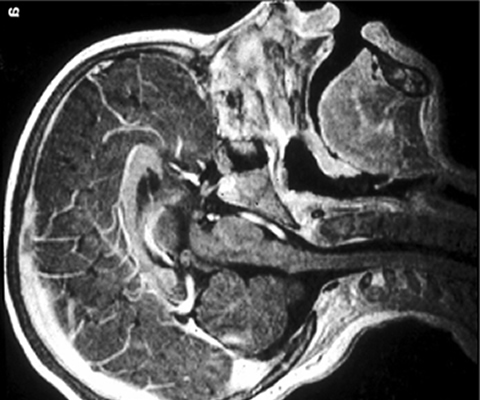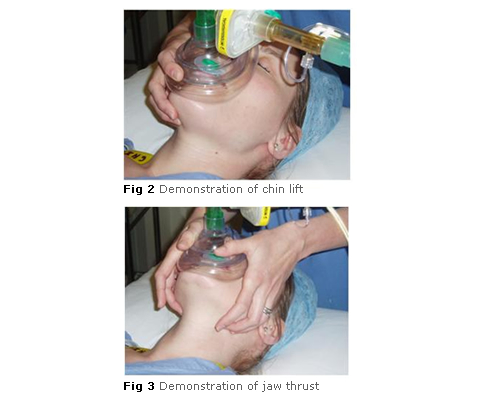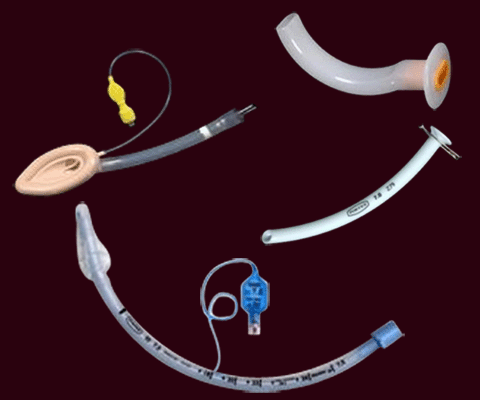Airway Patency
Question: What physical actions could be used to relieve airway obstruction like that shown in Fig 1?

Question: What physical actions could be used to relieve airway obstruction like that shown in Fig 1?
Answer: Airway obstruction may be relieved by lifting the chin (Fig 2) and/or pulling the jaw forward, which is called 'jaw thrust' (Fig 3). A jaw thrust is painful and may stimulate a patient who is only lightly anaesthetized.
Question: How might the patency of an airway be improved?

Question: What physical actions could be used to relieve airway obstruction like that shown in Fig 1?
Answer: Airway obstruction may be relieved by lifting the chin (Fig 2) and/or pulling the jaw forward, which is called 'jaw thrust' (Fig 3). A jaw thrust is painful and may stimulate a patient who is only lightly anaesthetized.
Question: How might the patency of an airway be improved?
Answer: Patency may be improved by:
- Insertion of an artificial airway. Examples include an oropharyngeal (Guedel) airway, nasopharyngeal airway, laryngeal mask airway (LMA) or tracheal tube (Fig 4)
- Alternatively, turning the patient from the supine to the lateral position may improve airway patency, which is the basis of the recovery position
